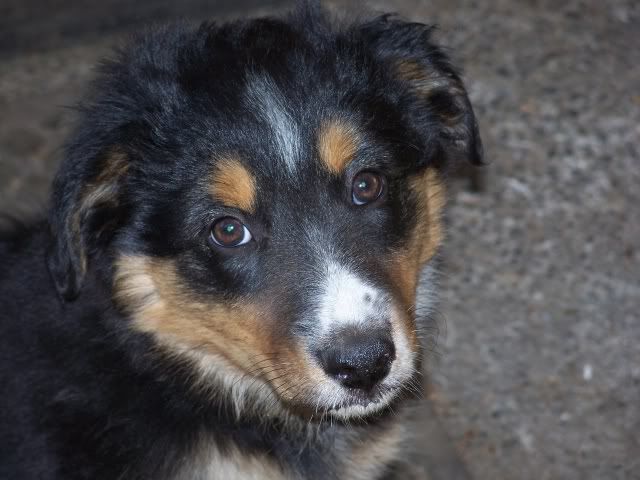
I came across this article today and thought it was outstanding! Here is an excerpt, to your health:
In Depth: The Healthiest Foods On Earth"What is the best diet for human beings? Vegetarian? Vegan? High-protein? Low-fat? Dairy-Free? Hold on to your shopping carts: There is no perfect diet for human beings. At least not one that's based on how much protein, fat or carbohydrates you eat.
People have lived and thrived on high-protein, high-fat diets (the Inuit of Greenland); on low-protein, high-carb diets (the indigenous peoples of southern Africa); on diets high in raw milk and cream (the people of the Loetschental Valley in Switzerland); diets high in saturated fat (the Trobriand Islanders) and even on diets in which animal blood is considered a staple (the Massai of Kenya and Tanzania). And folks have thrived on these diets without the ravages of degenerative diseases that are so epidemic in modern American life—heart disease, diabetes, obesity, neurodegenerative diseases, osteoporosis and cancer.
The only thing these diets have in common is that they're all based on whole foods with minimal processing. Nuts, berries, beans, raw milk, grass-fed meat. Whole, real, unprocessed food is almost always healthy, regardless of how many grams of carbs, protein or fat it contains.
All these healthy diets have in common the fact that they are absent foods with bar codes. They are also extremely low in sugar. In fact, the number of modern or ancient societies known for health and longevity that have consumed a diet high in sugar would be ... let's see ... zero.
Truth be told, what you eat probably matters less than how much processing it's undergone. Real food—whole food with minimal processing—contains a virtual pharmacy of nutrients, phytochemicals, enzymes, vitamins, minerals, antioxidants, anti-inflammatories and healthful fats, and can easily keep you alive and thriving into your 10th decade.
Berries, for example, are phenomenally low in calories, high in fiber and loaded with plant compounds that improve memory and help fight cancer. Studies have consistently shown that nut-eaters have lower rates of heart disease. Beans are notorious for their high fiber content and are a part of the diet of people—from almost every corner of the globe—who live long and well.
Protein--the word comes from a Greek word meaning "of prime importance"—is a feature of every healthy diet ever studied. Meat, contrary to its terrible reputation, can be a health food if—and this is a big if—the meat comes from animals that have been raised on pasture land, have never seen the inside of a feedlot farm and have never been shot full of antibiotics and hormones.
Ditto for raw milk, generally believed to be one of the healthiest beverages on the planet by countless devotees who often go to great expense and inconvenience to obtain it from small, sustainable farms. Wild salmon, whose omega-3 content is consistently higher than its less-fortunate, farm-raised brethren, gets its red color from a powerful antioxidant called astaxathin. The combination of protein, omega-3s and antioxidants makes wild salmon a contender for anyone's list of great foods.
Another great food: eggs—one of nature's most perfect creations, especially if you don't throw out the all-important yolk. (Remember "whole" foods means exactly that—foods in their original form. Our robust ancestors did not eat "low-fat" caribou; we don't need to eat "egg-white" omelets.)
There are really no "bad" vegetables, but some of them are superstars. Any vegetable from the Brassica genus—broccoli, cabbage, Brussels sprouts, kale—is loaded with plant chemicals called indoles, which help reduce the risk of cancer.
In the fruit kingdom, apples totally deserve their reputation as doctor-repellents: they're loaded with fiber, minerals (like bone-building boron) and phytochemicals (like quercetin, which is known to be a powerful anti-inflammatory and to have anti-cancer properties). Some exciting new research suggests that pomegranate juice slows the progression of certain cancers. Other research shows it lowers blood pressure.
Finally, let's not forget members of the Alliaceae family of plants—onions, garlic and shallots. Garlic has been used for thousands of years for its medicinal properties; hundreds of published studies support its antimicrobial effects as well as its ability to lower the risk of heart disease. A number of studies have shown an inverse relationship between onion consumption and certain types of cancer.
A healthy diet doesn't have to contain every one of the "healthiest foods on earth," but you can't go wrong putting as many of the above mentioned foods in heavy rotation on your personal eating plan."
Jonny Bowden, Ph.D., C.N.S., is a board-certified nutritionist and the author of seven books on health and nutrition, including The 150 Most Effective Ways to Boost Your Energy and The 150 Healthiest Foods on Earth.








